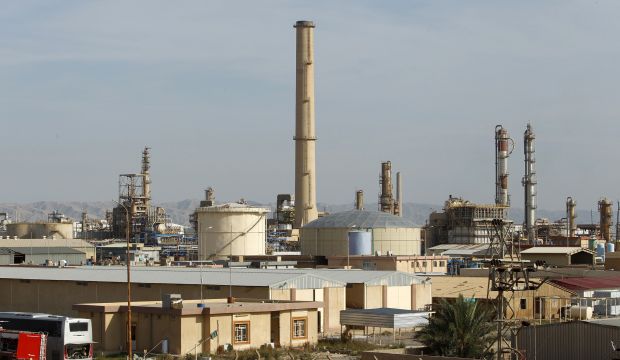Al-Khobar, Asharq Al-Awsat—Iraq, OPEC’s second-biggest oil producer, will offer buyers from Asia the largest discounts on its oil since 2003, in another sign of intense competition among OPEC members vying for larger shares of the lucrative Asian market.
Iraq’s state-owned oil company SOMO announced on Tuesday that the country’s flagship Basra Light crude would be selling at a 4.10 US dollar discount to benchmark Middle East prices.
This follows similar announcements by OPEC’s largest producer, Saudi Arabia, which offered Asian buyers of its own Arabian Light crude a discount of 2.3 dollars against the regional benchmark—its lowest prices for 14 years—and Iran and Kuwait, the latter of which slashed its own prices for the month to their lowest since 2008.
Both Iraq and Saudi Arabia also offered discounts to Asian and European buyers in February.
Commenting on the discounts, Kuwaiti analyst Essam Al-Marzouk told Asharq Al-Awsat that Iraq was “forced” to offer them simply because Saudi Arabia had beat them to it.
“The only route available to Iraq now is to keep following the Saudi example,” he said, though he added he expected the discounts to be more modest in future “because no one wants to go lower than this.”
Saudi Arabia, Iraq, Kuwait and Iran are, respectively, OPEC’s biggest producers.
They are all now scrambling to secure larger shares of the Asian oil market, considered by many in the region as the most important globally, amid shrinking demand from the United States and Europe.
This dearth in demand has, in addition to an excess in supply caused by the shale oil production boom in the US, contributed to the current drop in global oil prices, which have seen global benchmark Brent Crude lose more than half its value from highs of above 100 dollars a barrel seen last year.
Observers contend that the global oil market will now need several more years to balance out once again and see a return to prices above the 100-dollar mark, which a number of oil producers, especially those like OPEC members Iraq, Iran and Venezuela—who rely on oil revenues for the majority of their income—need in order to balance their yearly budgets.
OPEC surprised observers in November 2014 when it defied expectations that it would lower its 30 million barrel per day (bpd) production ceiling in a bid to stem the excess in global supply and drive up prices.
But OPEC, whose members enjoy lower production costs than other producers, decided to keep production at its current levels and instead seek to boost its collective global market share by having members up their own individual shares.
The organization is now banking on production dropping from non-OPEC producers such as the US, where shale oil particularly is costly to drill. It hopes the low prices and, in turn, lower profits, will cause production to drop and investment to slow as revenues dry up, giving OPEC members a competitive advantage over their rivals.
OPEC member Iraq is looking to raise its own production during 2015, according to Oil Minister Adel Abdul Mahdi, who told Asharq Al-Awsat in December the country was targeting a 4 million bpd ceiling this year.
The International Energy Agency said on Tuesday Iraq was the biggest contributor to global oil supply growth during 2014 after the US, producing an average of 3.3 million bpd, a 330,000 bpd rise from 2013.

